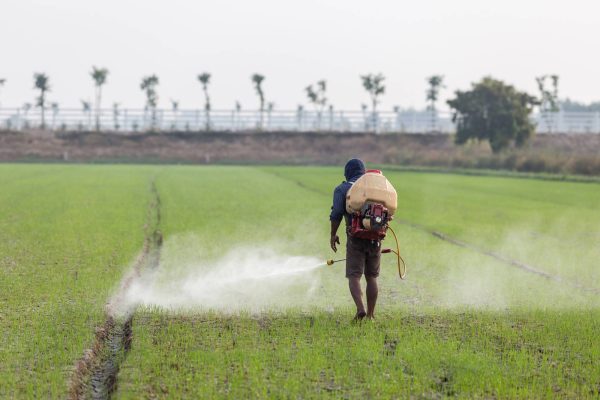The agricultural sector handles a diverse range of hazardous materials daily. From commonplace substances like diesel fuel and fertilisers to more specialised chemicals such as pesticides and veterinary medicines, each category presents unique risks and requires specific handling procedures to ensure safe transport.

Legal Framework and Regulatory Requirements
The UK’s approach to hazardous materials transport is governed by multiple regulatory frameworks. The Hazardous Waste Regulations, as outlined in the provided documentation, apply to agriculture just as they do to other business sectors. These regulations establish the fundamental requirements for waste classification, handling, and transport.
Farmers and agricultural contractors who regularly transport hazardous materials must register as upper-tier waste carriers through the Single Application Form system. As part of their duty of care obligations, transporters must prevent unauthorised deposits of controlled waste, ensure waste cannot escape during transport, and only transfer materials to authorised persons. Throughout the transport chain, proper documentation must be maintained.
Vehicle Requirements and Technical Specifications
Vehicles used for hazardous material transport must be suitable for the specific materials being carried and equipped with appropriate containment systems. Regular maintenance is essential, including comprehensive checks of brake systems, tire conditions, containment system integrity, and safety equipment functionality.
Documentation and Record Keeping
Transport operations require thorough documentation, including waste transfer notes, vehicle maintenance records, driver training certificates, emergency procedure documentation, and risk assessments for specific materials. These records must be kept for a specified period and be readily available for inspection by relevant authorities.
Emergency Response and Incident Management
In the event of a spillage, operators must follow a clear sequence of actions: secure the area, prevent further spillage, contact emergency services if required, and notify the NIEA pollution hotline (0800 80 70 60) if watercourses are at risk. Clean-up procedures should then be implemented according to material safety data sheets.
Written emergency procedures should be developed and maintained, including contact lists for emergency services, spillage control equipment inventories, and staff training records for emergency response. Spill control training is recommended for all farmers and farm workers.

Best Practices for Safe Transport
When planning routes, operators should consider road conditions and restrictions, weather forecasts, sensitive environmental areas, population centres, and emergency service access points. Safe working procedures for material handling, vehicle loading, load securing, weight distribution, and cross-contamination prevention are equally important.
Training and Competency Requirements
Drivers must be thoroughly trained in hazardous materials handling, emergency response procedures, use of personal protective equipment, vehicle safety checks, and documentation requirements. Regular competency assessments, refresher training, emergency procedure drills, and documentation reviews ensure ongoing compliance and safety. Spill kit training is essential.
Environmental Protection
Environmental protection should be integrated into all transport operations. This includes measures to minimise environmental impact, prevent soil and water contamination, reduce emissions during transport, and manage waste effectively. Systems should be maintained for environmental impact assessment, incident reporting, performance monitoring, and compliance verification.
Risk Management and Insurance
Appropriate insurance coverage must be maintained for public liability, environmental damage, vehicle damage, and cargo protection. Regular risk assessments should evaluate transport routes, vehicle suitability, staff competency, and emergency procedures.
Future Considerations
The industry continues to evolve with changing regulations, new safety technologies, and environmental requirements. Staying informed about these developments and industry best practices is essential for maintaining high safety standards.
The safe transport of agricultural hazardous materials requires a comprehensive approach combining proper planning, adequate training, appropriate equipment, and effective emergency procedures. Through careful attention to these aspects, agricultural businesses can meet their legal obligations while protecting both the environment and public safety during the transport of hazardous materials.
Regular review and updates of procedures and risk assessments will help maintain high safety standards and ensure compliance with evolving regulations. This proactive approach to hazardous materials transport helps create a safer environment for all stakeholders in the agricultural sector.
